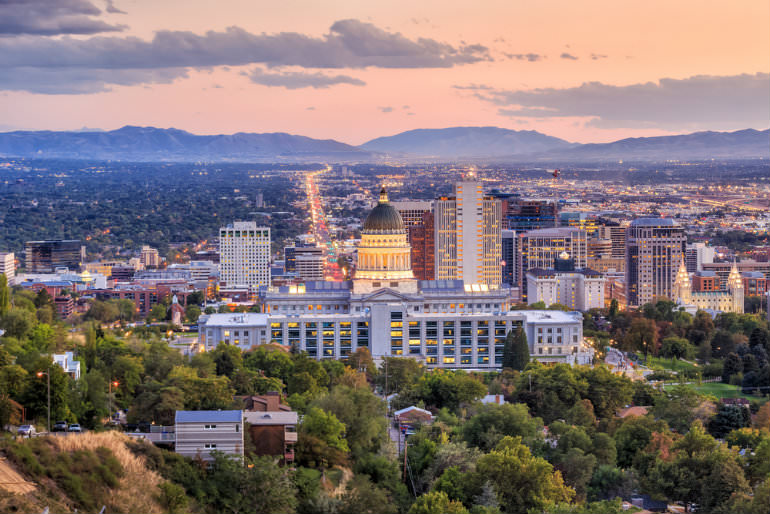Understanding Regional Career Opportunities
Starting a career in the United States varies widely depending on location. While some cities offer strong entry-level job markets and affordable living, others present significant barriers for new professionals. Over time, shifts in the economy, workforce trends, and urban development have reshaped where opportunities are most accessible.
A Historical Snapshot of Early Career Rankings
Following the 2008 financial crisis, a national study compared 150 U.S. cities to determine the best and worst places to begin a career. This assessment incorporated data from the Bureau of Labor Statistics, the U.S. Census Bureau, the Department of Housing and Urban Development, and major job platforms.
Cities were ranked using two primary dimensions:
Professional Opportunities
- Entry-Level Job Availability
- Median Starting Salary
- Job Growth Rate
- Income Growth
- Workforce Diversity
- Economic Mobility
- Unemployment Rate
- Entrepreneurial Activity
Quality of Life
- Median Annual Income
- Population Age Distribution (25–34)
- Educational Attainment
- Projected Population Growth
- Housing Affordability
- Recreation, Family, and Singles Index Scores
Top Cities (Historical Data)
- Salt Lake City, Utah
- Denver, Colorado
- Austin, Texas
- Sioux Falls, South Dakota
- Minneapolis, Minnesota
- Raleigh, Oklahoma City, Houston, Amarillo, and Corpus Christi also placed highly.
Cities at the bottom of the rankings included Detroit, Fresno, Moreno Valley, Akron, and Hialeah. Larger cities like New York, Los Angeles, and Chicago ranked significantly lower than expected. These cities often offered fewer entry-level opportunities relative to cost of living and were viewed as more suitable for mid- to late-career professionals.
Treat the original rankings as a historical snapshot. While informative at the time, these results no longer reflect the realities of the current labor market. Economic conditions, living costs, and job availability have changed substantially since then.
Updated 2025 Rankings – Cities Leading Today’s Early Career Market
A more recent study now identifies the most favorable cities for starting a career based on current job data, wage trends, and quality of life metrics.
Top Cities in 2025
- Atlanta, Georgia – Strong income growth and diverse job market
- Orlando, Florida – Low unemployment and abundant entry-level opportunities
- Tampa, Florida – High job availability and cost-effective living
- Austin, Texas – Consistently high in lifestyle and professional prospects
- Miami, Florida – Diverse economy with strong early-career potential
- Charleston, South Carolina
- Richmond, Virginia
- Salt Lake City, Utah
- Columbia, South Carolina
- Pittsburgh, Pennsylvania
Lowest-Ranked Cities in 2025
- Pearl City, Hawaii
- Bridgeport, Connecticut
- Oxnard, California
- New York City, New York
- Detroit, Michigan
- Shreveport, Louisiana
- Santa Clarita, California
- Newark, New Jersey
- Toledo, Ohio
- Moreno Valley, California
These cities were identified as less favorable for starting a career due to factors such as limited entry-level job opportunities, high living costs, and lower income growth potential.
Key 2025 Insights
- Some cities offer nearly 40 times more entry-level jobs than others.
- Adjusted starting salaries can vary drastically across locations.
- Cities once considered career launching pads may now be better suited for professionals in later stages.
Summary
The conditions for starting a career are fluid and closely tied to local economic dynamics. Historical data provides context, but present-day decisions should rely on current information. When evaluating where to begin a professional path, it is essential to consider both updated employment data and cost-of-living metrics to identify cities that truly support early-career growth.
